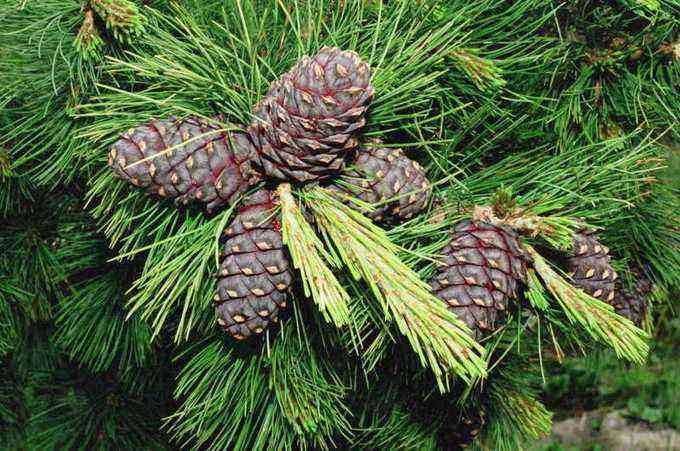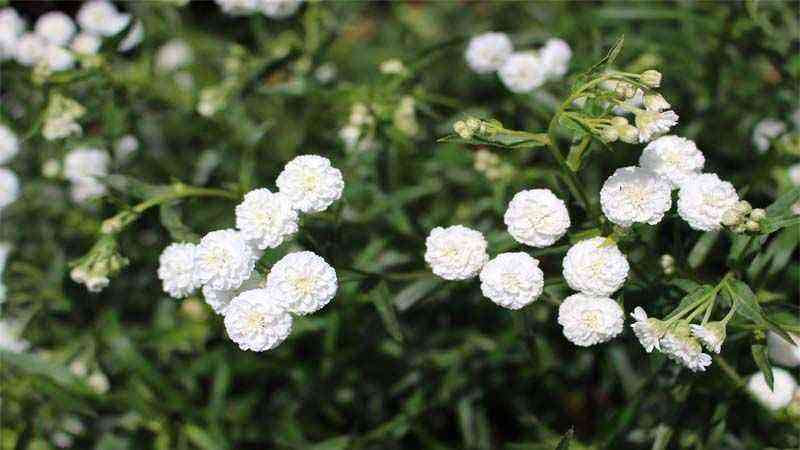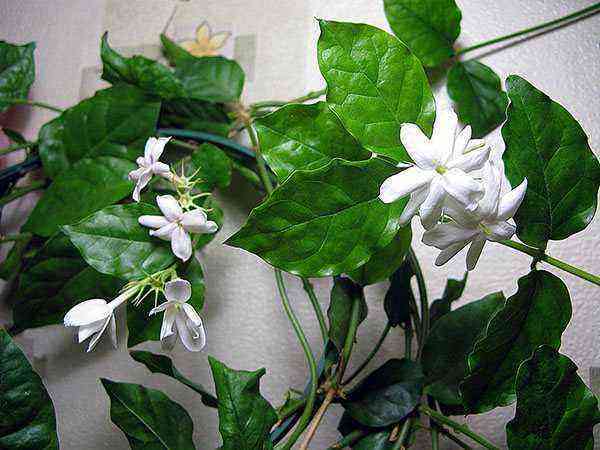Inside the medicine cabinet of our grandparents and grandmothers, it sure left a hole for extracts of Sanguinaria canadensis.
A very common plant in North America (specifically Canada, which lives up to its scientific name) that, in addition to its potential as a medicinal plant, has a spectacular flowering of interest for any garden.
As always, we are going to know all the interesting aspects of the bloodroot plant. Its cultivation, care, multiplication and, of course, its medicinal properties.
The common name of bloodroot comes not because of its applications to humans but because when extracting the sap from the plant, it resembles the red of the blood. This compound has been in use for many years as a colorant, found in higher concentrations in its roots.
In addition, this deep red sap contains alkaloids and compounds that today have medicinal use.
Bloodroot culture
Soil conditions
Naturally developed in the forests of North America, it needs a soil with constant moisture and rich in organic matter.
In this type of forest, where a large number of leaves fall in autumn, an appropriate compost is formed that ferments in the hottest months. The rainfall is high, so the perfect broth is created for a constant increase in humidity and organic matter, perfect for the development of Sanguinaria canadensis.
Of course, in shady issues we say the same. Growing above the ground between the trees, the shade is practically total at all times.
Therefore, when looking for a hole in your garden, you can take advantage of its planting as an ornamental plant under tall trees.
As for the pH, better a slightly acidic one between 5,5 and 6,5), which you can make corrective amendments with iron sulfate periodically to provide the proper pH for bloodroot.
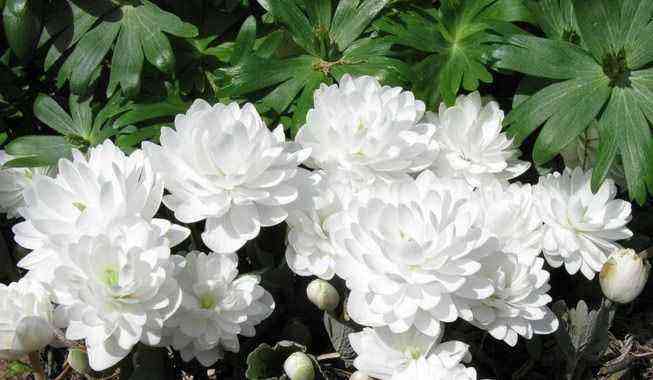

Climatology
Sanguinaria canadensis is resistant to cold and is used to areas with high rainfall, hence one of the main requirements of its cultivation is to maintain a constant soil in humidity.
When planting it, you can choose between shade or semi-shade, but avoid direct exposure to the sun, as it can burn and reduce its flowering.
Flowering and plant development
Its flowering, although spectacular, is very short. The normal thing is that between the opening and the fall or deterioration of the same they do not spend more than 2 days, although if we help in the conservation of the climatic needs they can exceed 4 days.
It is also interesting to know about this plant that the flowers come out before the leaves open, which remain rolled up once they have left the bulb.
Multiplication of sanguinaria canadensis
The bloodroot plant has several forms of propagation, although the easiest and cheapest way is through the division of its root (estomas).
However, it will not be easy to buy or acquire both seeds and rhizomes, so we will need to look for friends or acquaintances who have the plant.
The marketing process includesseveral phases that are reflected below: seed germination or multiplication by rhizomes we can do it between spring and autumn. In cold cases, the propagation will be done inside the house, to later carry out the transplant.
For what do you use it sanguinaria canadensis?
We will now comment on some of the medicinal properties attributable to bloodroot.
More than 50 compounds have been extracted from Sanguinaria canadensis. Of these, many have offered successful results against bacterial development, which is why it has initially been used in veterinary medicine as a food supplement for livestock.
This is due to some chemical structures present in bloodroot sap such as sanguinarine, sanguilutin o sanguirubin.
Formerly, it was used as an insect repellent, spreading its sap extract mixed with other oils that were also used for the same.
According to the medicinal advice, it favors the reduction of headache (works as an anesthetic), febrifuge, sedative, purifying and diuretic.
The latest western studies have established bloodroot as a potential tool against the development of certain cancers through the alkaloid sanguinarine (C20H14DO NOT4).
It interacts with DNA, reducing cell death and having a cytotoxic effect on certain types of cancer cells.
| Molecular target | Cell effect / importance |
| Topoisomerasa II | Avoid DNA break repair |
| Telomere Capping | Induce apoptosis rápida |
| Oncogenes C-myc, KRAS, C-kit | Expressed in various tumors |
| H-DNA | Hematologic and colorectal tumor expression |
| Bcl-2 family | Induction of apoptosis |
| ERKs | Induction of apoptosis |
| NF-κB | Role in proliferation, migration, apoptosis |
| DR-5 | TRAIL-mediated apoptosis |
| Endoplasmic reticulum | Unfolded protein response |
| VEGF-A | Damage tumor neovascularization |
| Glutathione | Exhaustion amplifies oxidative stress |
| Anti-microtúbulo | Inhibits cell proliferation |
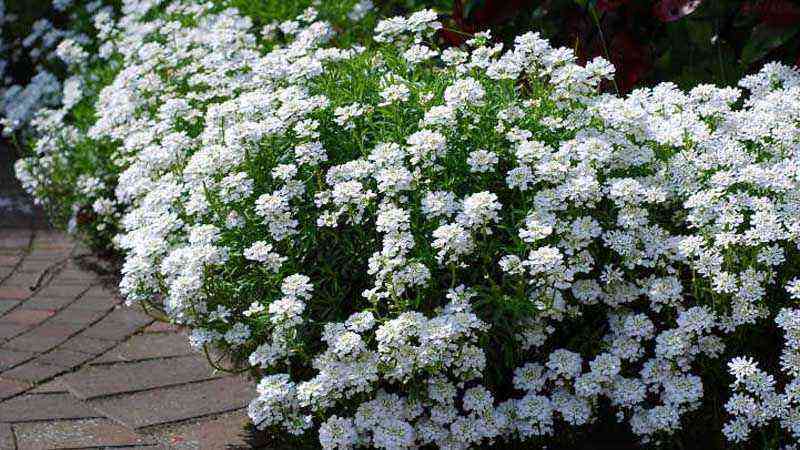
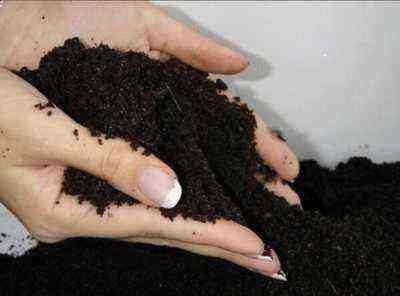
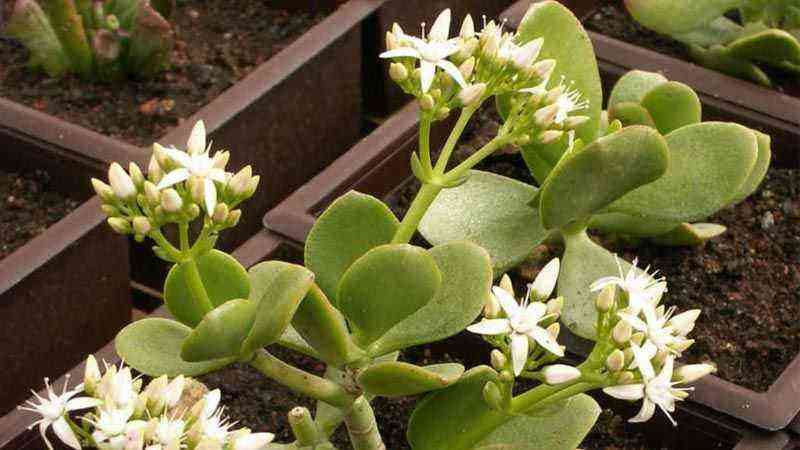


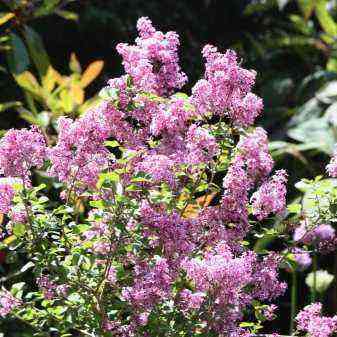


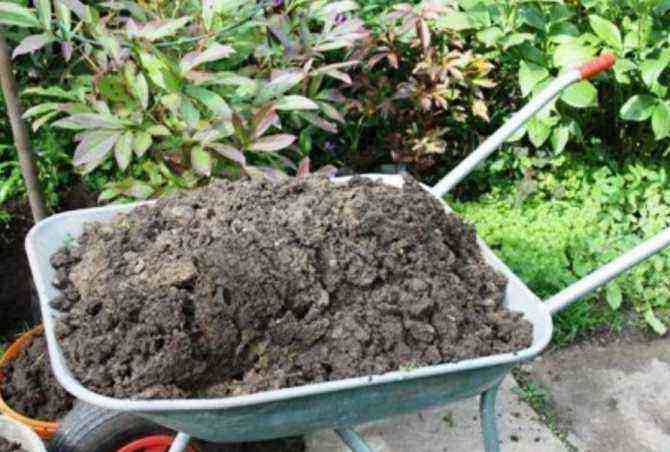
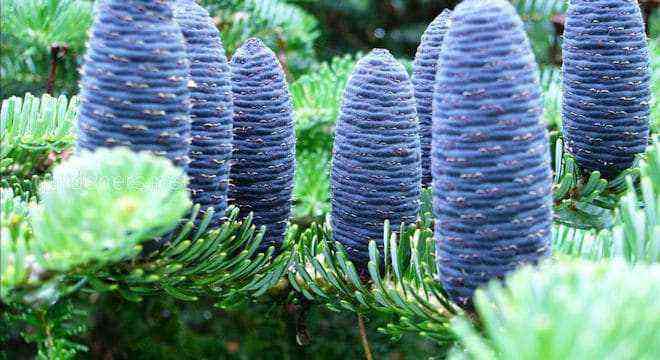

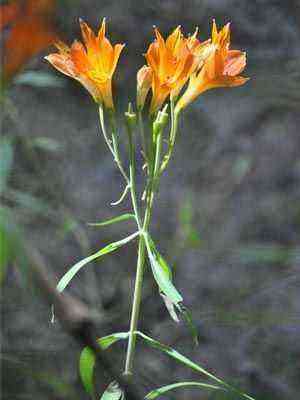


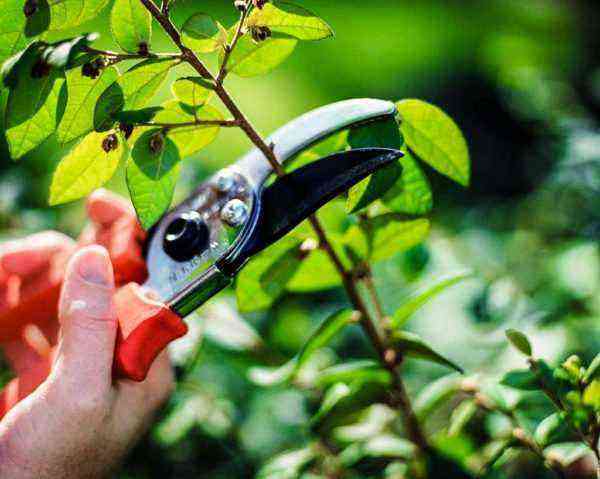
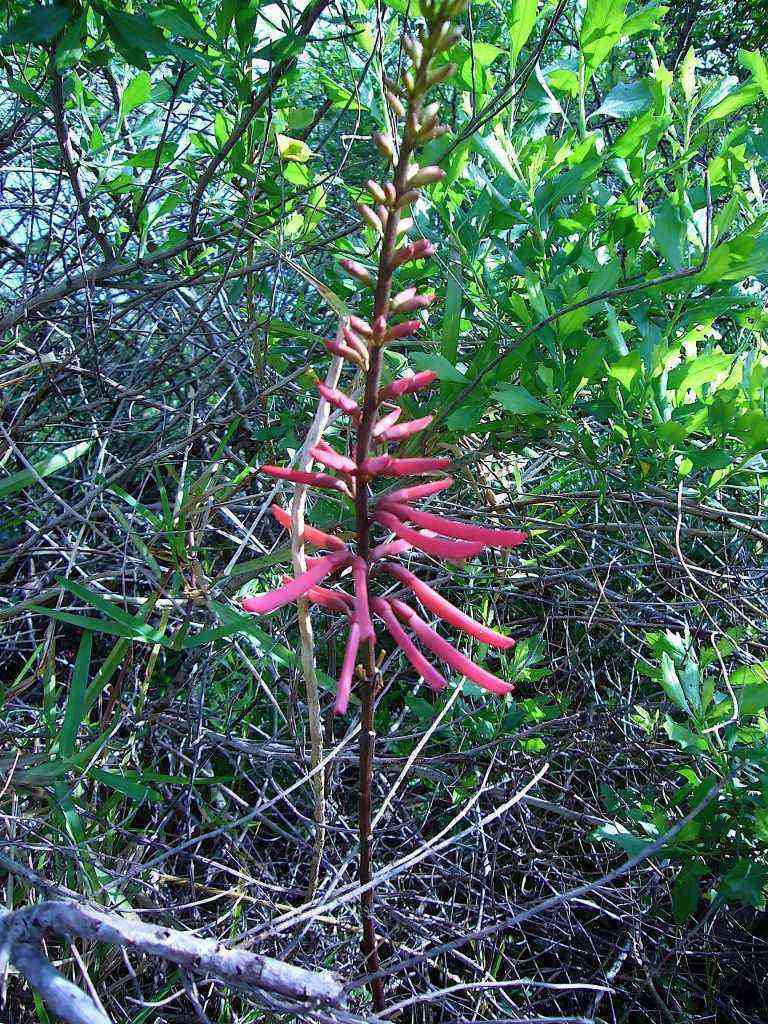


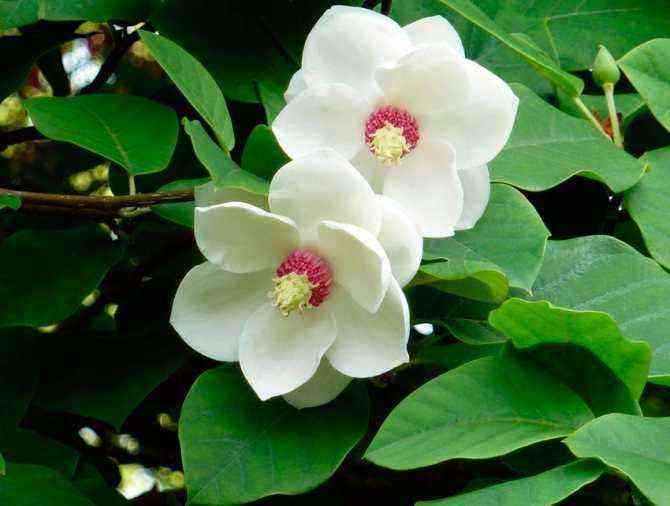
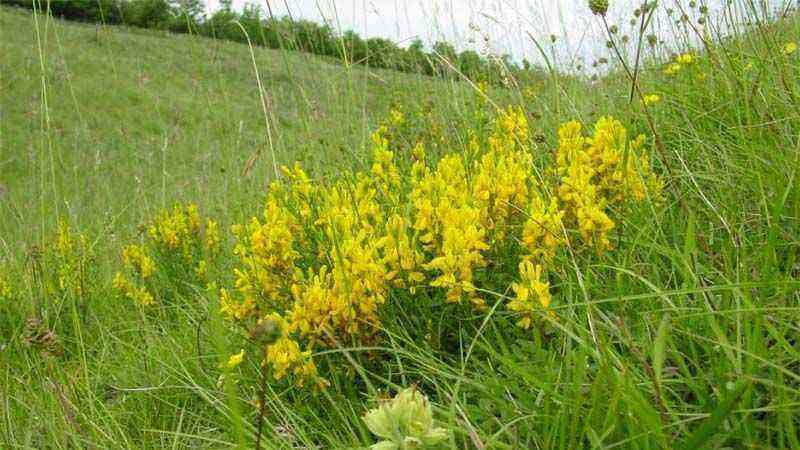
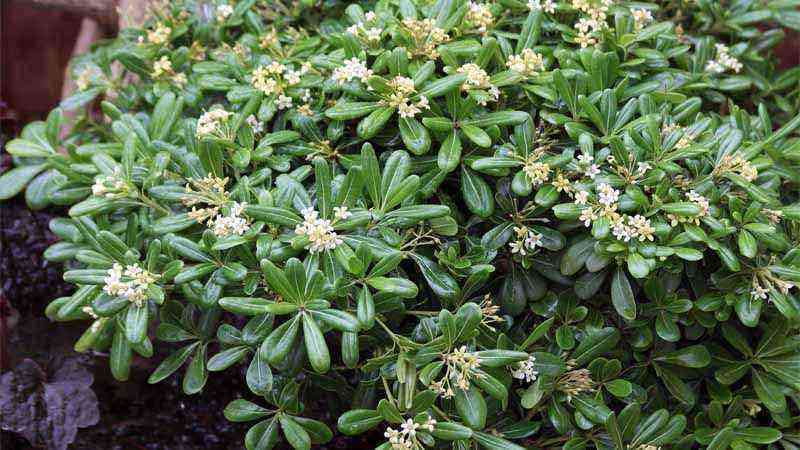



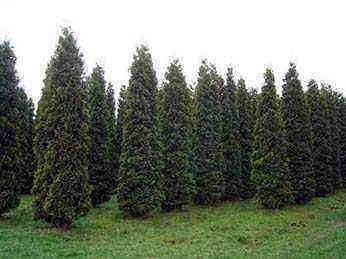
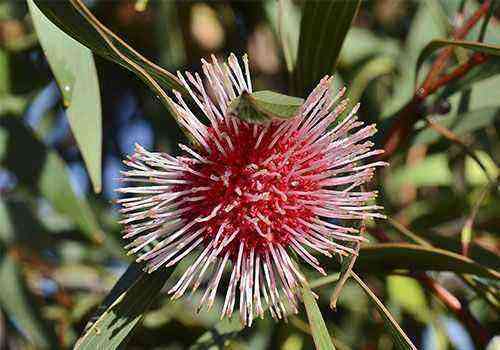
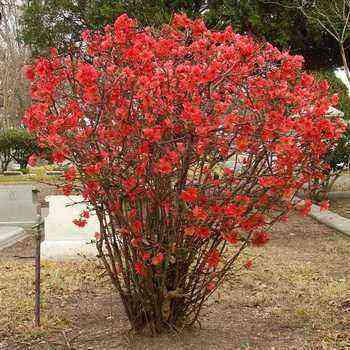
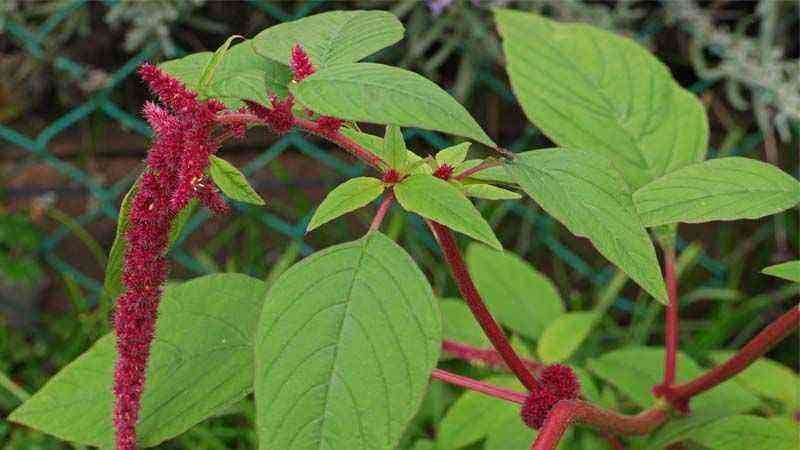


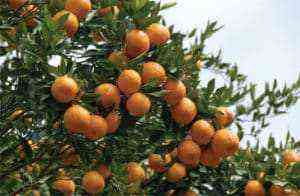

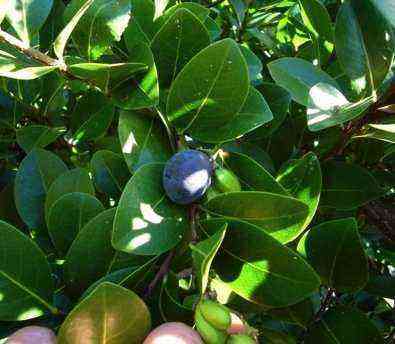

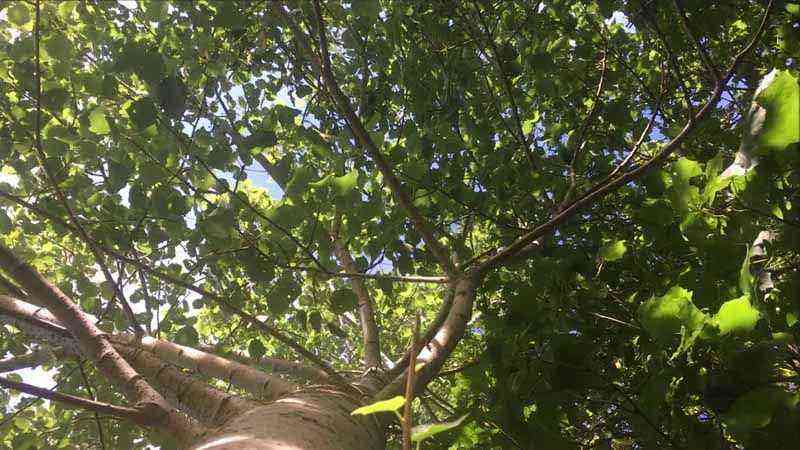
![Cultivation of Manihot esculenta [Cassava, Cassava] Cultivation of Manihot esculenta [Cassava, Cassava]](https://farmer-online.com/wp-content/uploads/2021/05/Cultivation-of-Manihot-esculenta-Cassava-Cassava.jpg)
